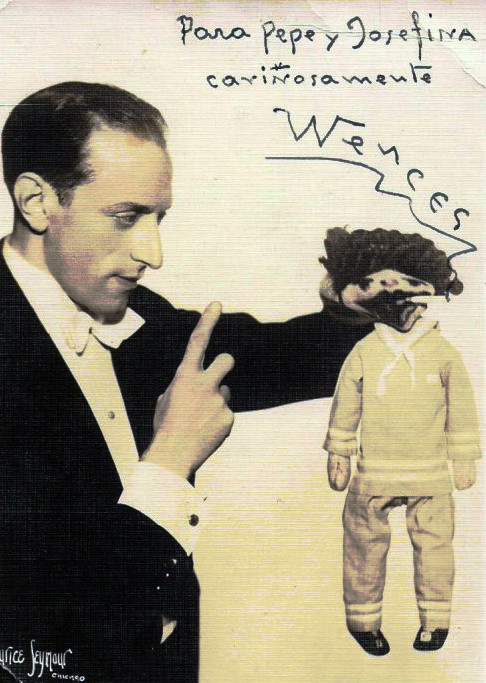In over 50 years of Muppet history, there has only been one major St. Patrick's Day tribute. In the 5th season of The Muppet Show, the Leprechaun Brothers took the stage for the first time to sing that classic tune, "Danny Boy."
Yes, it took five seasons for the Muppet crew to realize the comic potential that could arise by combining the talents of three of the most popular characters together. There's something to be said for the fact that Animal, Beaker, and Chef responded to such a large audience. Although each had distinct personalities, they connected over their shared (lack of) language. Through various forms of gibberish, the three communicated and it was only fitting to have them try and sing one of history's most beautifully tragic songs.
Together for the first time!
We rarely see these three at once, but it provides much comedic potential. But strangely, it would take a long time for the trio to reunite. After the deaths of Henson and Hunt, it was no surprise that there would be a disappearance of these popular characters for a while, but the idea once again resurfaced in a 1996 computer game.
Sans Beaker, but still singing public domain ditties.
In recent years, the "Danny Boy" clip became popular enough to bring the group out of retirement. Dropping the "Leprechaun Brothers" name and opting for "the ABCs," the gang was back to create/mutilate great music.
This is a fake album, so don't try looking for it.
Two viral music videos were made. A seasonal "Carol of the Bells" cover and an always timely cover of "Habanera" from Carmen.
The gang also made other appearances together, showing their daily interactions via the "Secret Elevator Tapes" series, which hinted at the chemistry they share as actual characters. It's...odd, to say the least.
They also filled in for the judges on America's Got Talent for an episode, where, out of the three of them, the Chef made the most sense.
The hit comedy trio of the 2000s.
Sadly, the luck of the Irish was not on the Leprechaun Brothers' side and they never legitimately spun-off into their own comedy series. Perhaps the creators didn't know what else to do with three characters that struggle to communicate. But, like all spinoff musical groups, the trio became a footnote in Muppet history. Beaker returned to repeated lab injuries, the Chef returned to slaying killer food, and Animal returned to blending into the background with the rest of the Electric Mayhem. Sometimes these side projects don't take off the way you had dreamed. But at least they'll always have "Danny Boy."


















